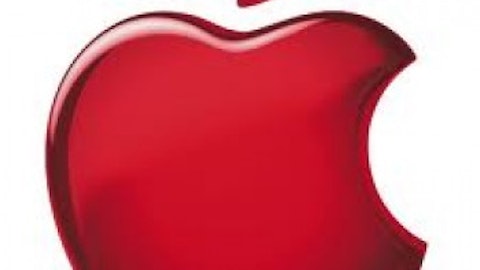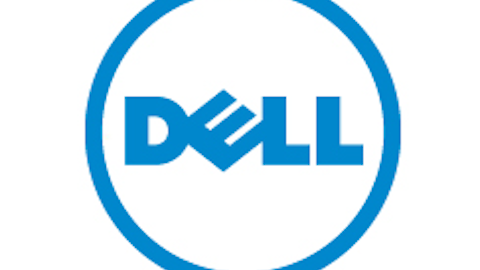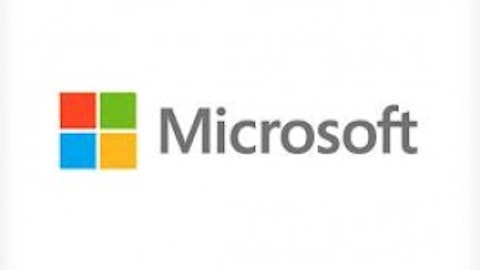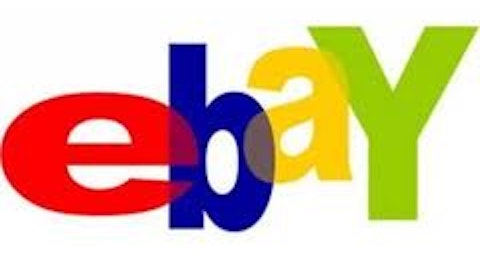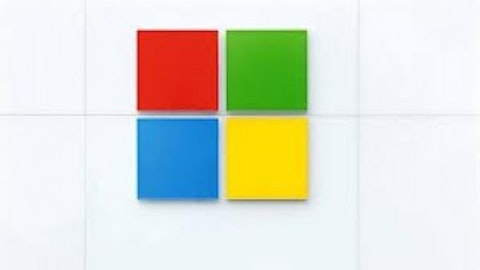
Blindly accepting 13Fs at face value is dangerous
When it comes to 13Fs, there are a few nuances that can lead to confusion.
Legally, hedge fund managers are required to file a 13F with the SEC 45 days after the close of a quarter. The filing indicates what long positions the hedge fund held at the end of that quarter.
These last two points are key: Because the filing is for the end of the quarter, the positions reported are, by the time the 13F filing is public information, outdated. So, in this case, it is possible that Klarman could have already dumped his entire AIG stake. On the flipside, he might have purchased more H-P shares in the last 45 days.
It is also not possible to know when he built his stake. He might have built it at the end of the quarter, or right at the beginning. Consequently, investors cannot tell how much Klarman believes a particular investment is worth.
It’s also important to note that the filing only shows long positions. Hedge funds do not have to disclose their short positions. As many hedge funds (as their name implies) hedge their positions, both long and short, a particular stock purchase on the long side might merely be a hedge against some matching, mystery short position.
That said, Klarman’s 13F should be studied
Even though 13F filings are outdated, and they fail to tell the whole story, investors can still glean some insight from them.
Klarman is a noted value investor. Rather than, say, trying to pick the next hot growth stock, Klarman’s fund focuses on purchasing stocks in companies that he believes are undervalued. In general, value investors buy stock in companies trading at relatively cheap valuations.
(The title of his 1991 book, Margin of Safety: Risk-Averse Value Investing Strategies for the Thoughtful Investor, literally tells it all.)
So, investors who like to follow the strategy of value investing might pick up a few ideas from Klarman.
Does Klarman think AIG is undervalued?
Klarman’s biggest new position was in AIG, the recently troubled insurance company. He acquired 7 million shares.
Closing at $38.87 on Wednesday, shares of AIG have been on a tear. Over the last three months, shares are up nearly 24%. As Klarman’s filing covered the period from the end of September through the end of December, he’s likely sitting on a large gain.
At this point, he might be looking to take profits. But even near $40, AIG’s stock is relatively cheap based on a few valuation metrics. For example, AIG’s current price-to-earnings ratio is only 2.68. Compare this to JPMorgan Chase & Co. (NYSE:JPM) or Goldman Sachs Group, Inc. (NYSE:GS), which trade with PE ratios of 9.36 and 10.94, respectively.
Klarman admits defeat to Chanos with H-P sale
While AIG was Klarman’s biggest buy, his exit from H-P might be his biggest sale. Klarman dialed down his stake in the third quarter of 2012, and he completely exited it in the fourth quarter.
